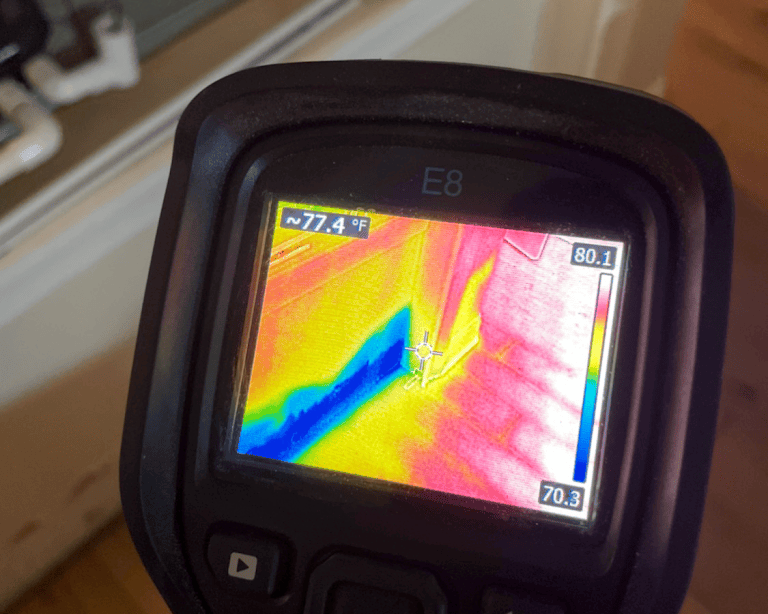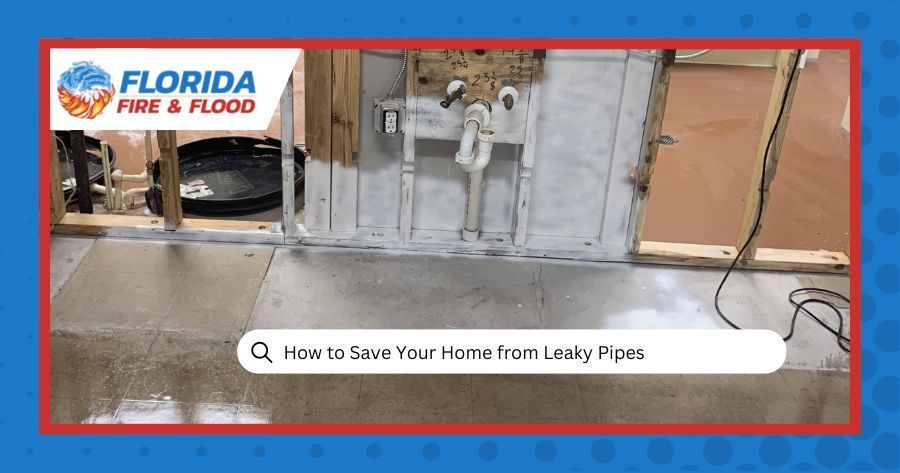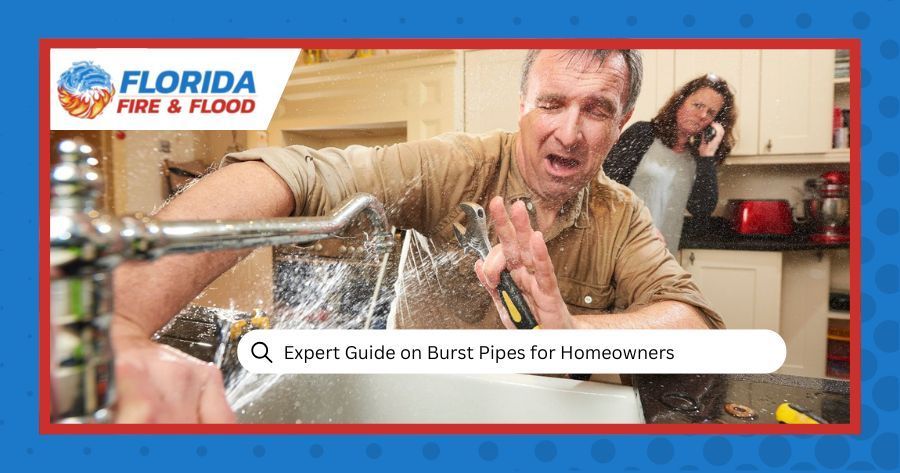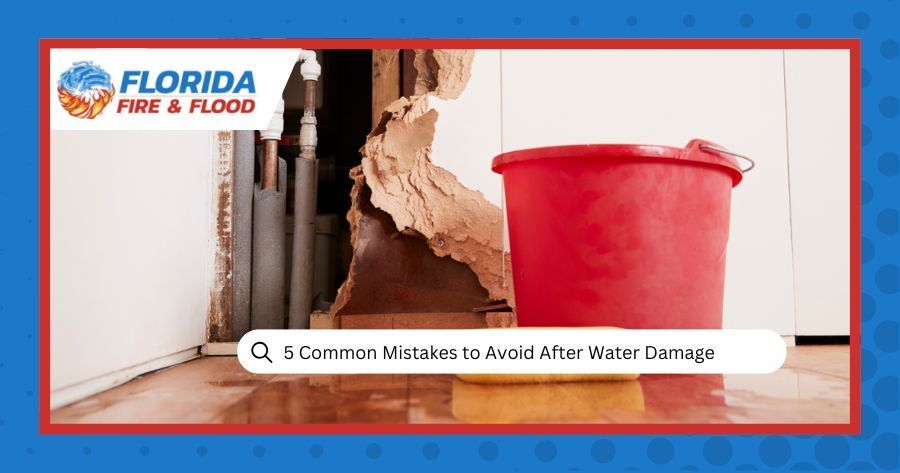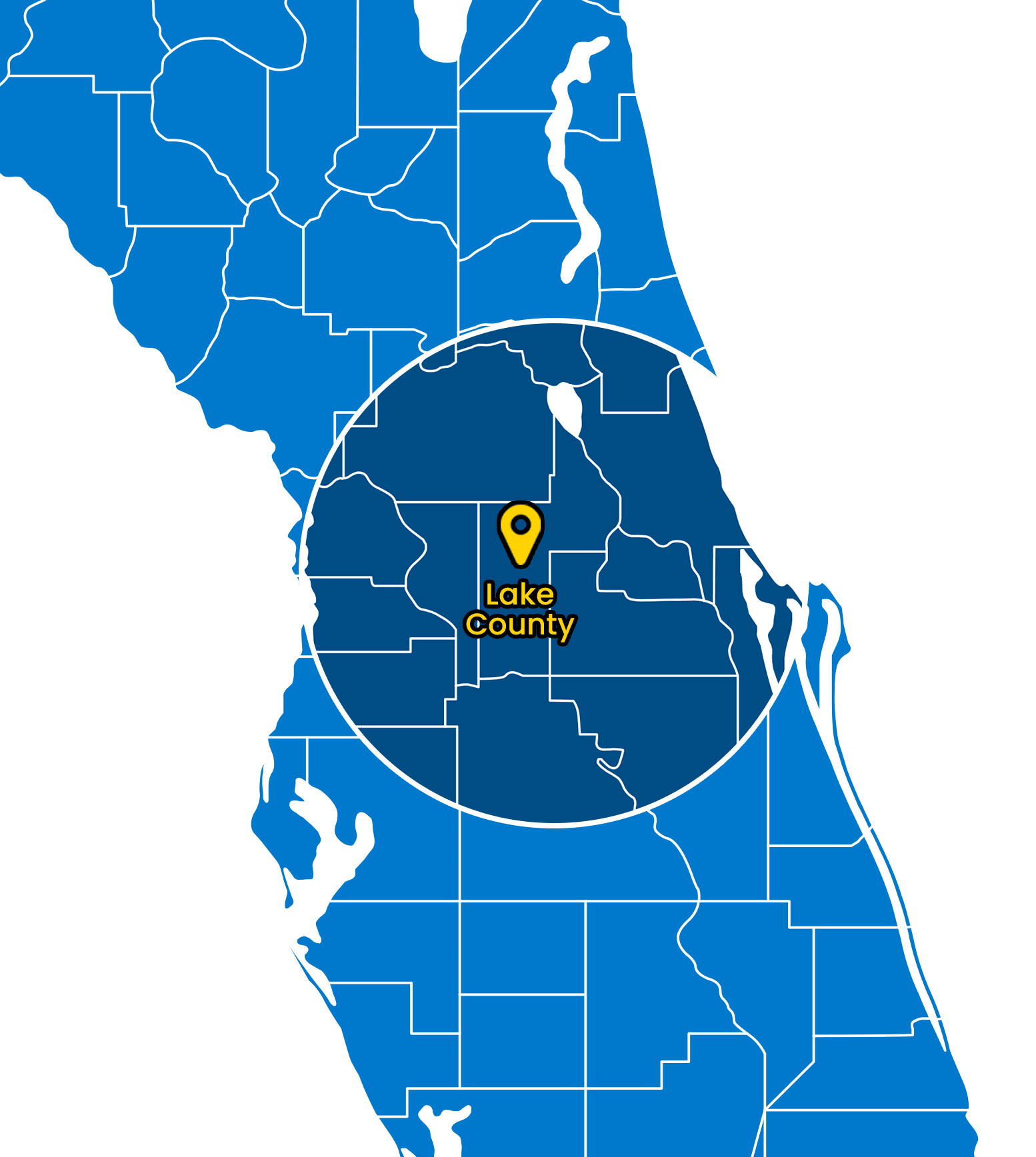AMRT - Applied Microbial Technician I, (Mold Remediation)
Water causes lots of property damage in the United States and around the world. Like most natural disasters, the primary concern for many property owners affected by water damage in Central Florida is the cleanup and restoration cost, although water damage restoration costs vary depending on several factors.
This post highlights what affects the cost of cleaning up and restoring water-damaged property.
Factors Affecting Water Damage Cleanup Costs
Costs matter, especially when the situation demands working with a tight budget. No one wants to spend more than they should, which is why it helps to get an estimate on cleanup and repairs. Factors that affect the final costs of water damage cleanup include:
1. The Size of the Affected Area
Generally, larger areas cost more to clean up than small spaces. A larger space will require more time, labor, and materials for the job. However, several other factors besides the surface area of the damaged property may still affect the cost. A small space may cost more to clean up than a larger area, depending on the extent of the damage, such as when dealing to fix water-damaged drywall or water damage under sink.
A small space may cost more to clean up than a larger area, depending on the extent of damage.
2. The Type of Water
The water’s level of contamination will affect cleanup costs because of the amount of work required to address the issue. Dirtier water requires extra precautions and treatments, spiking the water damage cleanup costs further.
In some cases, such as water damage stucco repair, property owners might face additional costs for specialized treatments. The cost of additional materials and time required for the job will add up to the final amount.
Sewage water, for example, contains human waste, which requires more work and costs more to clean up than gray water used for washing or bathing. Similarly, gray water will cost more to clean up than rainwater or water from melted snow.
The cost of additional materials and time required for the job will add up to the final amount.
3. The Presence of Water
If the affected property still contains standing water, the property owner must take steps to remove the water immediately and stop further deterioration. The cleanup and restoration process will only begin after completion of the water removal process.
Water removal involves using water pumps, dehumidifiers, and other tools and equipment. The specialized equipment and additional time required to remove the excess water will add to the remediation cost. Furthermore, repairing water-damaged furniture and other materials will increase the final bill.
4. The Timeline
As with any other type of property damage, property owners should address water damage immediately. The longer the waiting period, the worse the damage. Handling water damage sooner rather than later also prevents further property damage.
Letting the water sit for longer also gives mold, mildew, rot, and fungus time to develop and thrive, complicating issues further and costing more to repair. How fast a property owner can remove water from their premises determines the extent of damage and, ultimately, the cleanup cost.
5. The Materials Affected
Costs will vary depending on the items damaged by water. For example, hardwood floors require less time and effort to clean than water-damaged walls, carpets, and trim. The amount of damage affects costs as well.
Some materials may require repair or replacement. Extensive water damage calls for replacement rather than repair, costing more in the long run.
The materials affected will also determine the length of the remediation process. Rebuilding a brick-and-mortar wall takes much longer than replacing drywall and will drive up the cost.
6. The Location
The cost of materials and labor varies from one area to another. The going rate for a big city will differ from that of a small town in a rural area. For this reason, insurance premiums will also vary.
Property owners looking for water damage restoration experts should hire local contractors to minimize potential costs. It helps to find an established contractor with a solid reputation for professional water damage cleanup and restoration.
When seeking estimates, remember that the cheapest options may not always offer exceptional workmanship.
7. The Presence of Mold
Water damage and mold infestation often go hand in hand, especially when a homeowner hires a company with little to no experience in water damage cleanup and restoration.
Seasoned experts, on the other hand, use high-quality water extraction equipment and ensure a thorough drying process to eliminate moisture and prevent mold infestation.
Once mold takes hold, it spreads like wildfire, feeding on wood, drywall, and fabric, among other organic materials. Mold will also turn the affected property into a health hazard. Overall, the presence of mold and mildew adds an extra step and additional cost to the cleanup and repair process.
Professional Water Damage Cleanup and Restoration
Addressing water damage issues as soon as possible will prevent extensive damage and lower the overall cleanup and restoration costs. Contact the water damage cleanup and restoration experts at
Florida Fire & Flood at (352) 770-1309 to
request a customized quote.

